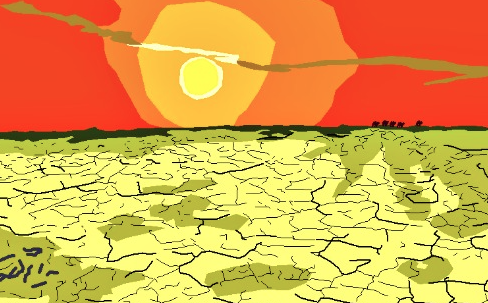

- Super player 1 side code#
- Super player 1 side professional#
- Super player 1 side free#
- Super player 1 side windows#
They are usually positioned closest to the touch-line on each side of the field. There are two wings in a rugby league team, numbered 2 and 5. Typically these players work in pairs, with one winger and one centre occupying each side of the field.Īlso known as wingers. There are four threequarters: two wingers and two centres - right wing (2), right centre (3), left centre (4) and left wing (5). Fullbacks that feature in their respective nations' rugby league halls of fame are France's Puig Aubert, Australia's Clive Churchill, Charles Fraser, Graeme Langlands, Graham Eadie and Billy Slater, Great Britain/Wales' Jim Sullivan, and New Zealand's Des White. Their role in attack is usually as a support player, and they are often used to come into the line to create an overlap in attack. Defensively, fullbacks must be able to chase and tackle any player who breaks the first line of defence, and must be able to catch and return kicks made by the attacking side. Numbered 1, the fullback's primary role is the last line of defence, standing behind the main line of defenders. Generally, the "back-line" consists of smaller, more agile players. For these positions, the emphasis is on speed and ball-handling skills. The scrum half is often known as the half back, especially in Australasia, and the lock forward is usually known as loose forward in England. In practice, the term 'front row forward' is very rarely used, and a team has two props. The positions and the numbers are defined by the game's laws as: Backs In some competitions, such as Super League, players receive a squad number to use all season, no matter what positions they play in.

The starting side normally wear the numbers corresponding to their positions, only changing in the case of substitutions and position shifts during the game. The laws of the game recognise standardised numbering of positions. Typically forwards tend to operate in the centre of the field, while backs operate nearer to the touch-lines, where more space can usually be found. Their roles require speed and ball-playing skills, rather than just strength, to take advantage of the field position gained by the forwards. Backs are usually smaller and faster, though a big, fast player can be of advantage in the backs.

Forwards are required to improve the team's field position thus creating space and time for the backs. They are expected to run with the ball, to attack, and to make tackles. Forwards are generally chosen for their size and strength. Players are divided into two general types, forwards and backs. Each of the thirteen players is assigned a position, normally with a standardised number, which reflects their role in attack and defence, although players can take up any position at any time.
Super player 1 side professional#
At 13.5 MB, it is a lightweight player for advanced users and professional developers and editors that play various file formats on a regular basis.Overview about the positions of rugby leagueĪ rugby league team consists of thirteen players on the field, with 4 substitutes on the bench.
Super player 1 side windows#
All these functionalities are compatible with SSE2-capable CPUs and Windows devices running Windows XP or higher. MPC-HC also supports DirectX Video Acceleration for Intel, NVIDIA, and ATI video cards when you’re using H.264 and VC-1 codec, providing you hardware-acceleration for playback. The output of this is fast and high-quality decoding and postprocessing of MPEG-4 ASP, H.264, and Flash Video formats. All its functions are based on the DirectShow architecture so you can find DirectShow decoding filters built-in to the player. The program also contains a MPEG splitter and a VCD/SVCD/XCD Reader that supports playback VCDs and SVCDs. It supports subtitles and codecs for pulse-code modulation, MPEG-2 audio, 3GP, Dolby Digital AC3, and DTS audio. Media Player Classic is a media player with built-in codecs for MPEG-2 video.
Super player 1 side free#
All versions of the free media player are maintained by the MPC-HC community at the Doom9 forum. Its active forks are the Media Player Classic - Home Cinema and the Media Player Classic - Black Edition.
Super player 1 side code#
The program and its source code are based on the K-lite Codec Pack and the Combined Community Codec Pack. MPC-HC is capable of playing Video CD, Super Video CD, and other digital optical disc storage formats automatically all necessary codecs have been installed in the program. Media Player Classic is an open-source media player for 32-bit and 64-bit versions of Windows operating systems.


 0 kommentar(er)
0 kommentar(er)
